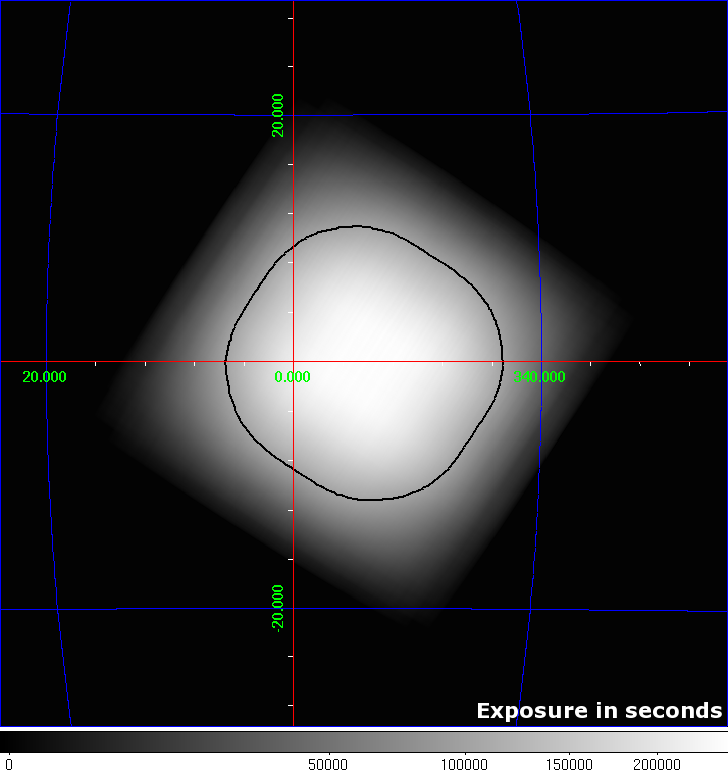Proposal Details - 0820022
Thermonuclear bursts of the Slow Burster (Misanovic)
Proposal Summary (based on proposal abstract)
Thermonuclear bursts in systems accreting pure helium reveal the structure of the neutron star (NS) interiors. In the absence of heating from steady H-burning between bursts, the burst properties (the burst recurrence times versus the accretion rate) are much more sensitive to the thermal properties and processes in the NS crust and core. Interestingly, burst ignition models predict significantly longer burst recurrence times than observed for such sources. Our recent analysis of one such source, 4U 1728-34, confirms this discrepancy, suggesting the fractional covering of the accreted fuel on the NS surface as a possible solution. However, a large scatter in the data indicates that other processes, such as steady burning of He and fuel storage and mixing due to shear instabilities, may also be important. To distinguish between these possibilities, the precise accretion rate measurements in a wide multi-instrument energy band are crucial, as they will enable to detect additional both soft and hard spectral components outside the sensitivity band of individual detectors. It is proposed to observe 4U 1728-34 with INTEGRAL and XMM-Newton simultaneously, in order to measure the burst recurrence time and X-ray flux (and hence the accretion rate) in a much broader band than previous observations. The results of this study will have profound consequences for facilitating future burst ignition modelling.
Observation Strategy (Recommended by TAC)
Total of 250 ks in the HEX mode centered on RA, Dec = 262.989, -33.835 (l, b = 354.306, -0.148). The observations will be done simultaneously with a 10 ks XMM-Newton time observation.
Proposal grade: C
Data Rights (Recommended by TAC)
The TAC has allocated the following specific Data Rights to this proposal: 4U 1728-34.
Exposure Map
Exposure maps are in units of s and shown using Galactic coordinates. The intensity scale is given by the colourbar, and there are contour levels at 100, 300 and 500 ks.
